Posted on September 27th, 2010 by ASEE

The RealWorld-InWorld NASA Engineering Design Challenge invites high-school-aged students work as engineers and scientists to solve real-world problems related to the James Webb Space Telescope. Student teams will try to answer one of these two questions relating to the Webb telescope: How can you design a shield to protect the Webb telescope? How can you deliver the Webb telescope to space using existing rocket technology?
Read More
Filed under: K-12 Outreach Programs | Comments Off on Contest: Space Telescope Design
Tags: Grades 9-12, Science Contest, Telescope
Posted on September 20th, 2010 by ASEE
 YOU@UT is a program for high school senior women to discover how engineering can impact the world and benefit society. Register for the Oct. 11 or Nov. 6, 2010 event now!
YOU@UT is a program for high school senior women to discover how engineering can impact the world and benefit society. Register for the Oct. 11 or Nov. 6, 2010 event now!
Read More
Filed under: Grades 9-12, K-12 Outreach Programs | Comments Off on Program: YOU@UT – Girls at UT Austin. Oct. 11, 2010
Tags: Grade 12, Grades 9-12, Programs for Girls, Women in Engineering
Posted on September 13th, 2010 by Jaimie Schock
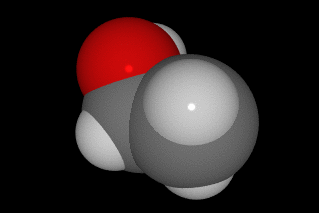 What kinds of foods are easiest to ferment for fuel? Ethanol is made from a variety of plant substances – corn, sugar cane, even some kinds of wood. In this activity, students test different substances to see what they can learn about fermentation.
What kinds of foods are easiest to ferment for fuel? Ethanol is made from a variety of plant substances – corn, sugar cane, even some kinds of wood. In this activity, students test different substances to see what they can learn about fermentation.
Read More
Filed under: Class Activities, Grades 9-12 | Comments Off on Activity: Ethanol Fermentation
Tags: Agricultural, Alternative Energy, Alternative Fuels, Class Activities, Environmental Engineering, Grades 9-12, Green Technology
Posted on September 11th, 2010 by ASEE
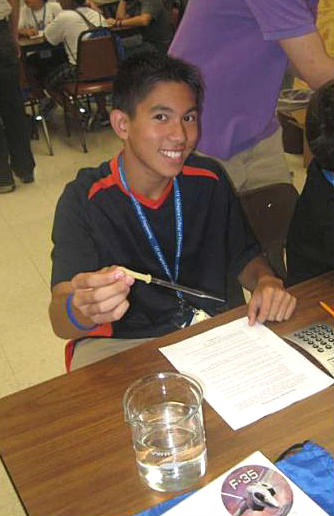
Engineering Saturdays at the University of Texas, Arlington is an outreach program that showcases hands-on engineering fun and provides flexibility for a family with different ages to all find interesting things to do. Students in grades 2-12 are invited to join on: Sept. 18; Nov. 20; Apr. 16, 2011.
Read More
Filed under: Grades 6-8, Grades 9-12, Grades K-5, K-12 Outreach Programs | Comments Off on Event: Engineering Saturdays at UT Arlington, Grades 2-12.
Tags: Family events, Grade 2, Grades 3-5, Grades 6-8, Grades 9-12, Weekend programs
Posted on August 30th, 2010 by ASEE
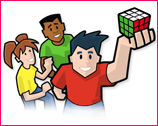 Who can resist fiddling with the Rubik’s Cube, that enduring, colorful puzzle? In this lesson, as students in grades 9-12 learn to solve the cube, mixing up, then re-aligning each of its sides, they become acquainted concepts of solid geometry and practice skills of sequencing, memorization, and problem solving.
Who can resist fiddling with the Rubik’s Cube, that enduring, colorful puzzle? In this lesson, as students in grades 9-12 learn to solve the cube, mixing up, then re-aligning each of its sides, they become acquainted concepts of solid geometry and practice skills of sequencing, memorization, and problem solving.
Holding the Rubik’s Cube, twisting and turning the parts, can help students of all ages grasp important math concepts including area, perimeter, volume, angles, algorithms and enumeration, among other geometry and algebraic topics. This sample lesson, drawn from youcandothecube.com, is one of several on the site that uses the cube to illustrate concepts of general mathematics, algebra, and geometry.
Read More
Filed under: Grades 9-12, Lesson Plans | 1 Comment »
Tags: Geometry, Grades 9-12, Mathematics
Posted on August 16th, 2010 by Jaimie Schock
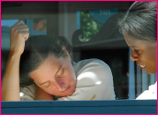 Early college high-school programs — a.k.a., dual-enrollment programs — are growing in popularity. The programs allow high schoolers to take college courses, and earn college credits, while still in high school. Historically, they were geared toward high-achieving students to keep them from getting bored. But, many are now aimed at low-income students at risk of dropping out.
Early college high-school programs — a.k.a., dual-enrollment programs — are growing in popularity. The programs allow high schoolers to take college courses, and earn college credits, while still in high school. Historically, they were geared toward high-achieving students to keep them from getting bored. But, many are now aimed at low-income students at risk of dropping out.
Read More
Filed under: K-12 Education News | Comments Off on Dual Enrollment May Help At-Risk Students
Tags: College, Education Policy, Grades 9-12, Research on Learning
Posted on August 4th, 2010 by ASEE
 The Sustainable Dream House Contest invites students in grades 5-8 and 9-12 to design a residential home that a family of four could comfortably live in that takes advantage of sustainable design concepts such as energy efficiency, reusable natural resources, the sun and much more. Winners will have a chance to present their submission in Washington, D.C. during the USA Science and Engineering Festival – Expo on the National Mall, October 23 and 24, 2010. Submission deadline: September 15, 2010.
The Sustainable Dream House Contest invites students in grades 5-8 and 9-12 to design a residential home that a family of four could comfortably live in that takes advantage of sustainable design concepts such as energy efficiency, reusable natural resources, the sun and much more. Winners will have a chance to present their submission in Washington, D.C. during the USA Science and Engineering Festival – Expo on the National Mall, October 23 and 24, 2010. Submission deadline: September 15, 2010.
Read More
Filed under: K-12 Outreach Programs | Comments Off on Contest: Design a Sustainable House
Tags: Building Design, Contest, grades 5-8, Grades 9-12, Sustainability
Posted on July 20th, 2010 by ASEE
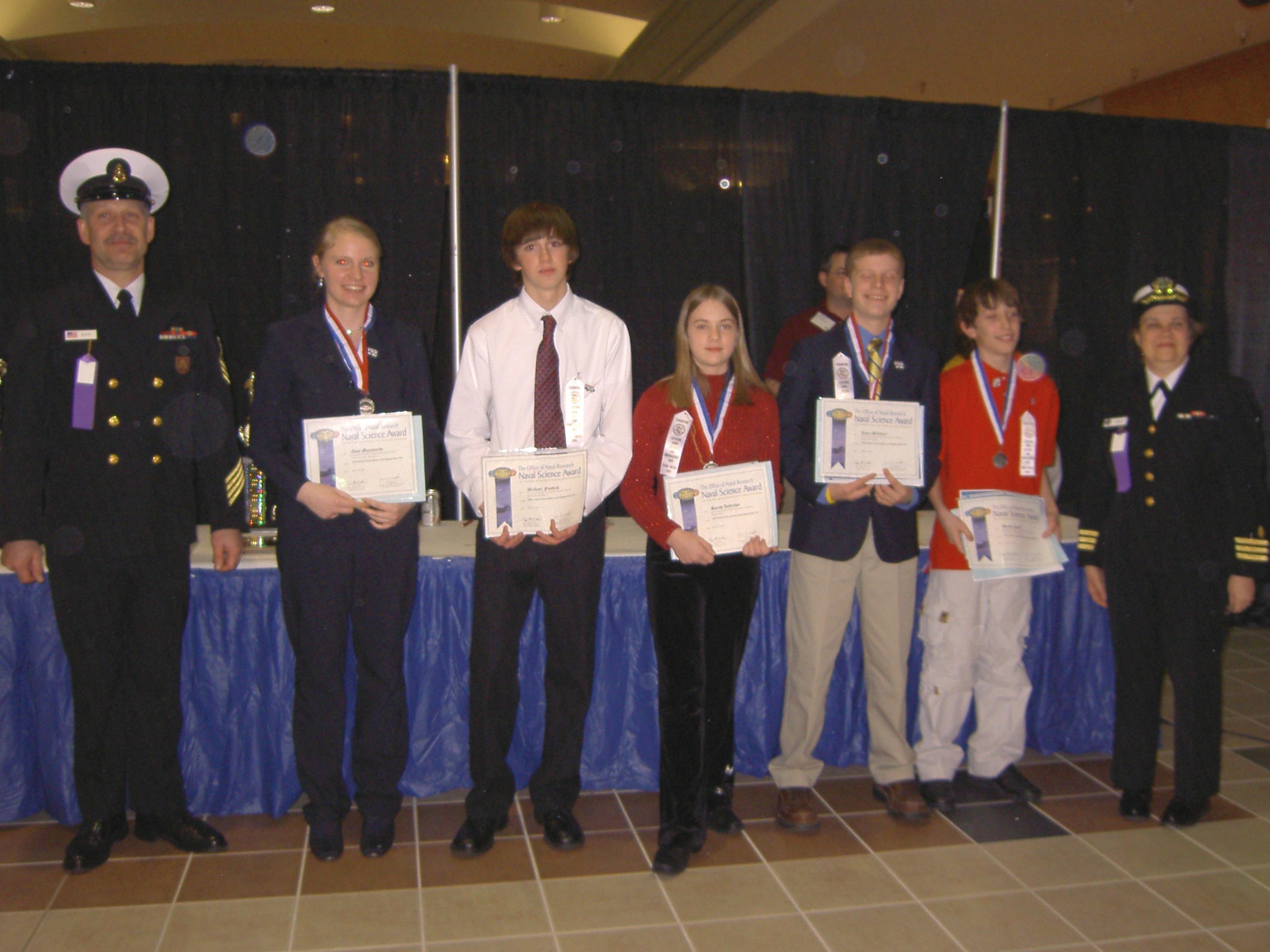
NSAP is a U.S. Navy and Marine Corps program that recognizes the accomplishments of students at eligible regional and state science and engineering fairs and the International Science and Engineering Fair (ISEF) in producing and presenting quality science and engineering projects. Teachers can visit the NSAP Website to gain informaton; register an eligible science fair; or sign up to volunteer as a NSAP judge or presenter.
Read More
Filed under: Web Resources | 1 Comment »
Tags: Contest, grades 5-8, Grades 9-12, Office of Naval Research (ONR), Science Fair, Student Awards, U.S. Navy
Posted on July 19th, 2010 by ASEE
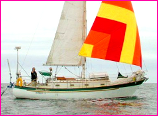 Students learn about sailboat design and how the shape of sails affects their movement. They apply what they learn about sailboat design to their math lesson, which involves the basic postulate of right triangle trigonometry and the Pythagorean Theorem. The lesson provides a fun, hands-on way to demonstrate that the Pythagorean Theorem can be tested and proved.
Students learn about sailboat design and how the shape of sails affects their movement. They apply what they learn about sailboat design to their math lesson, which involves the basic postulate of right triangle trigonometry and the Pythagorean Theorem. The lesson provides a fun, hands-on way to demonstrate that the Pythagorean Theorem can be tested and proved.
Read More
Filed under: Grades 9-12, Lesson Plans | Comments Off on Lesson: The Math of Sailboat Design
Tags: Geometry, Grades 9-12, Lesson Plan, Mathematics, Nautical Engineering










 YOU@UT is a program for high school senior women to discover how engineering can impact the world and benefit society. Register for the Oct. 11 or Nov. 6, 2010 event now!
YOU@UT is a program for high school senior women to discover how engineering can impact the world and benefit society. Register for the Oct. 11 or Nov. 6, 2010 event now! What kinds of foods are easiest to ferment for fuel? Ethanol is made from a variety of plant substances – corn, sugar cane, even some kinds of wood. In this activity, students test different substances to see what they can learn about fermentation.
What kinds of foods are easiest to ferment for fuel? Ethanol is made from a variety of plant substances – corn, sugar cane, even some kinds of wood. In this activity, students test different substances to see what they can learn about fermentation.

 Early college high-school programs — a.k.a., dual-enrollment programs — are growing in popularity. The programs allow high schoolers to take college courses, and earn college credits, while still in high school. Historically, they were geared toward high-achieving students to keep them from getting bored. But, many are now aimed at low-income students at risk of dropping out.
Early college high-school programs — a.k.a., dual-enrollment programs — are growing in popularity. The programs allow high schoolers to take college courses, and earn college credits, while still in high school. Historically, they were geared toward high-achieving students to keep them from getting bored. But, many are now aimed at low-income students at risk of dropping out. The Sustainable Dream House Contest invites students in grades 5-8 and 9-12 to design a residential home that a family of four could comfortably live in that takes advantage of sustainable design concepts such as energy efficiency, reusable natural resources, the sun and much more. Winners will have a chance to present their submission in Washington, D.C. during the USA Science and Engineering Festival – Expo on the National Mall, October 23 and 24, 2010. Submission deadline: September 15, 2010.
The Sustainable Dream House Contest invites students in grades 5-8 and 9-12 to design a residential home that a family of four could comfortably live in that takes advantage of sustainable design concepts such as energy efficiency, reusable natural resources, the sun and much more. Winners will have a chance to present their submission in Washington, D.C. during the USA Science and Engineering Festival – Expo on the National Mall, October 23 and 24, 2010. Submission deadline: September 15, 2010.
 Students learn about sailboat design and how the shape of sails affects their movement. They apply what they learn about sailboat design to their math lesson, which involves the basic postulate of right triangle trigonometry and the Pythagorean Theorem. The lesson provides a fun, hands-on way to demonstrate that the Pythagorean Theorem can be tested and proved.
Students learn about sailboat design and how the shape of sails affects their movement. They apply what they learn about sailboat design to their math lesson, which involves the basic postulate of right triangle trigonometry and the Pythagorean Theorem. The lesson provides a fun, hands-on way to demonstrate that the Pythagorean Theorem can be tested and proved.